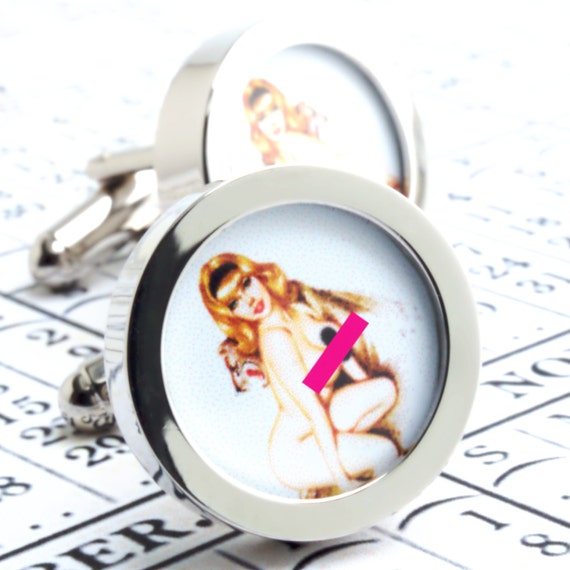
That includes changing their menstrual products “without privacy or adequate sanitation,” wearing bloody products for long periods of time, leaving them in their bodies longer than recommended, and improvising menstrual products when they’re not available. The report also found that women and other people who menstruate “should go to great lengths to make their periods invisible, as menstruation is not considered a major operational concern in Antarctic fieldwork arrangements.”

“We must fully and fully commit all of our best minds, our most brilliant talent, our Antarctic workforce, to solving the climate crisis.” Hide their period “We know Antarctica as the canary in the coal mine when it comes to the climate crisis,” Nash said. That behavior could drive scientists away from Antarctic research when they’re needed more than ever, she said. “People often see it as a place with no rules, and that makes it much easier for people to think they can get away with really bad or inappropriate behavior.” “There’s a saying that what happens in Antarctica stays in Antarctica,” she said. That isolation, Nash says, plays a big part in fostering “a more permissive environment for harassment.” “Antarctica is a microcosm, so it mirrors what’s happening in the rest of the world, but is perhaps even more stark because its populations are small and controlled, in limited and mediated living and working spaces relative to the vastness of the continent.” “Scientific programs - Antarctica’s temporary populations, the scientists and support staff, even the tourism staff and teams - need to do better now,” Devine said in an email to TBEN. Mawson’s Hut, an Australian research base in Antarctica. But she has also witnessed some of the sexist behavior described in Nash’s report.Īt a male-dominated science station, she says there was an “uncomfortable amount of pin-up girls and porn in the guy’s dorms”. The problem is not unique to Australian-run facilities.Ī report released this summer by the US National Science Foundation found that sexual harassment, stalking, and assault are “ongoing, ongoing problems” on US-run Antarctic research stations.Ĭarol Devine, a social scientist from northern Ontario who has made four research and environmental trips to Antarctica, says she has worked among leaders who have gone to great lengths to create a safe space for women. And although women have been doing field work on land in Antarctica for decades, the fact is that there are no systems set up for them to be seen.” as an inconvenience in the end, and they really have to fix it themselves.” Not just an Australian problem “It was a place for heroic men who conquered the continent. “Antarctica has been a continent for men,” she said. Nash says harassment in Antarctica “has been an open secret for decades.” – Meredith Nash, Australian National University People often see it as a place without rules. There is a saying that what happens in Antarctica stays in Antarctica.

“The participants noted that women experienced a range of harassment, including unwelcome physical contact or gestures, unwelcome requests for sex, sexual comments, jokes or innuendo, intrusive questions, display of offensive or pornographic material, and sex-based insults or taunts and unwelcome invitations.” there is. The report, commissioned by the Australian Antarctic Division (AAD), revealed a workplace culture that is “predatory” and “objectifying” that does not consider women’s needs.


 0 kommentar(er)
0 kommentar(er)
